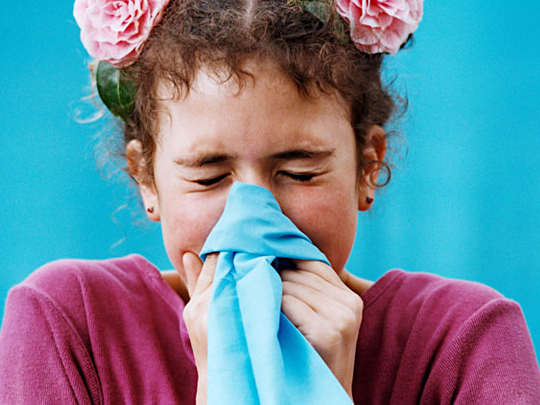
Singapore: Ever wondered how far your sneeze goes? Or if you can stop germs from spreading by cupping your mouth with your hand when you cough?
With a giant mirror and high-speed camera, scientists in Singapore are trying to find out how airborne transmission of flu viruses takes place, or if it happens at all.
The equipment allows them to observe real-time a person's spray of minute liquid droplets when coughing, sneezing, laughing and talking, and they hope the results can be used to make better guidelines for infection control.
"It's really to inform infection control teams, because there is controversy now about which pathogens, e.g. flu, are airborne and if so, how significant this route is compared to others, such as direct contact," said team leader Julian Tang, a virologist and consultant with Singapore's National University Hospital.
While it is likely a flu sufferer can infect others by coughing or sneezing, little is known about the distances a cough or sneeze travels and the volume of air — and viruses — packed into it.












